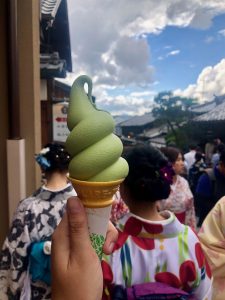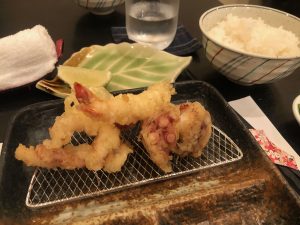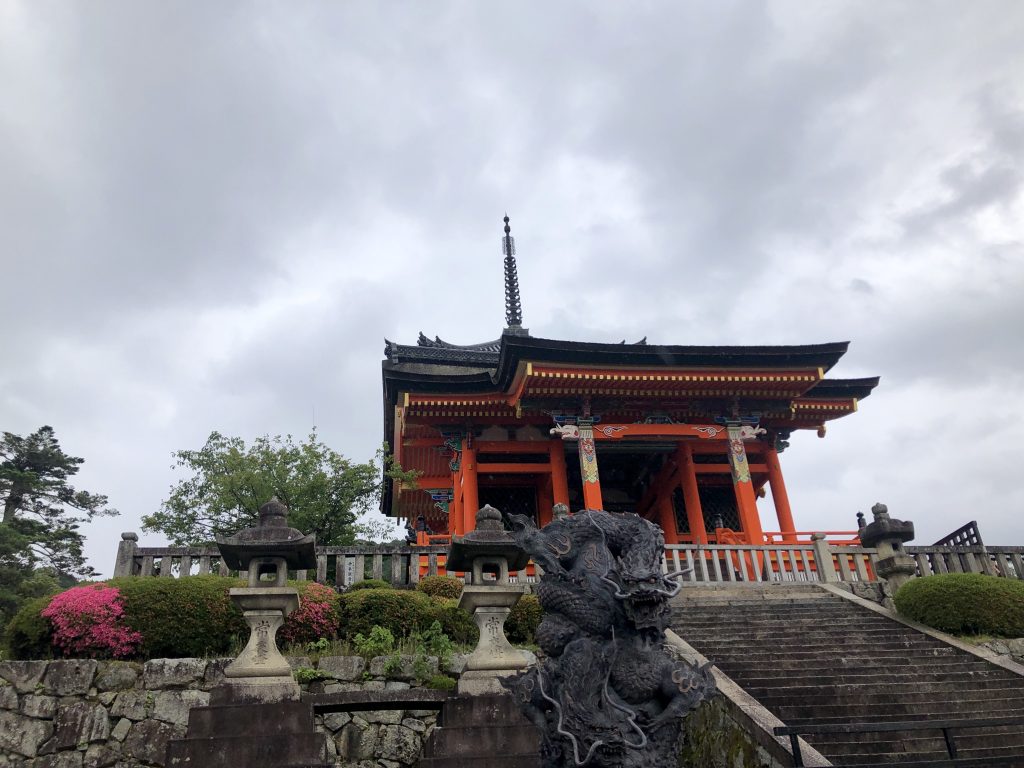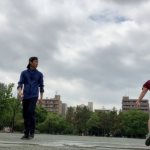Prior to this trip, I really did not learn a whole lot of the language. Truthfully, I learned barely enough Japanese to get by. American ignorance told me I wouldn’t really need it. As matter of fact, I did. Although not absolutely crucial, going to any country not knowing how to speak or understand the majority of their native language is extremely daunting. Neither city challenged anyone too much with the help of our guides. I just felt like I would have not only been more respectful to the locals, but I would’ve been able to more fully immerse myself in the culture. As we settled into Kyoto, our local guide advised us to say “ōkini” as a way to say thank you.
Kansai-ben

The word “ōkini” equates to “thank you” in Kyoto and much of the Kansai region. Mie, Nara, Wakayama, Kyoto, Osaka, Hyōgo and Shiga fall into this. The original meaning of the word was “a lot of” or “very much,” People used to connect the word with “arigato” to complete the phrase “ōkini arigato.” This phrase meant “thank you very much”, similar to “arigato gozaimasu.” Eventually, much like many slang phrases, it was shortened to just “ōkini”.
First-hand experience

With a limited knowledge of the Japanese language, I was a bit hesitant to even mutter the words “ōkini”, afraid I would somehow mess it up. I soon learned that people in Kyoto were actually eager to hear others say it. Furthermore, some of the reactions we got from saying the word were interesting. The first time I tried saying “ōkini,” I attempted to use it at an ice cream shop and got a relatively average reaction. My social anxiety in Japan diminished ever so slightly. One night at a tempura restaurant, after we ordered our food, we said ōkini to the waitress who giggled in response. My favorite response came from the waiter at our farewell dinner who jokingly told us, “Hey! Where’d you learn that?” after we thanked him.
The struggles of a regional dialect
To this day, people heavily use Kansai-ben in the region. As traditional Japanese continuously grows in popularity, some argue the dialect is becoming outdated. Nowadays, foreigners and natives learn traditional Japanese, much of what you would hear in Tokyo. Therefore, certain localisms are not as widely used or disseminated as before. Who knows what’s in store for the dialect in future years. Regardless, words like “ōkini” still resonate throughout restaurants, shops, and buses throughout Kyoto.
Although language barriers challenged me at times, it did not inhibit my desire to explore and bask in the majesty that is Kyoto. The city swept me off my feet for a multitude of reasons. I’ve never seen buildings so old and ornate, or greenery so lush. Oddly enough, I felt at home even though I was thousands of miles away from Texas. Because there’s such a rich history, I hope that words from the Kansai-ben district will be widely used for years to come. And if there was any way I could, I would say a thousand “ōkinis” to Kyoto.



